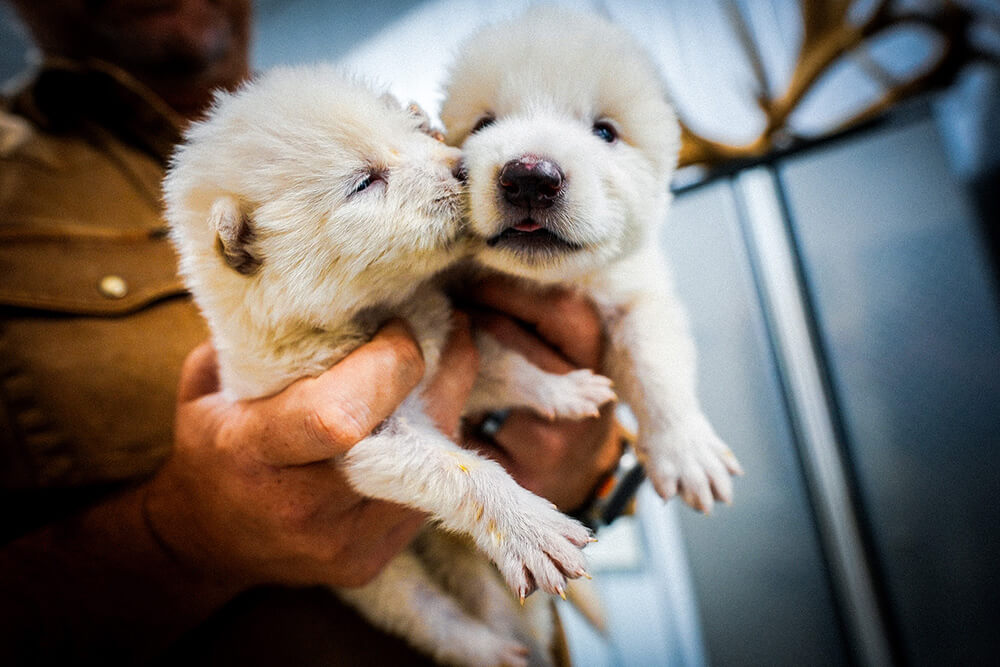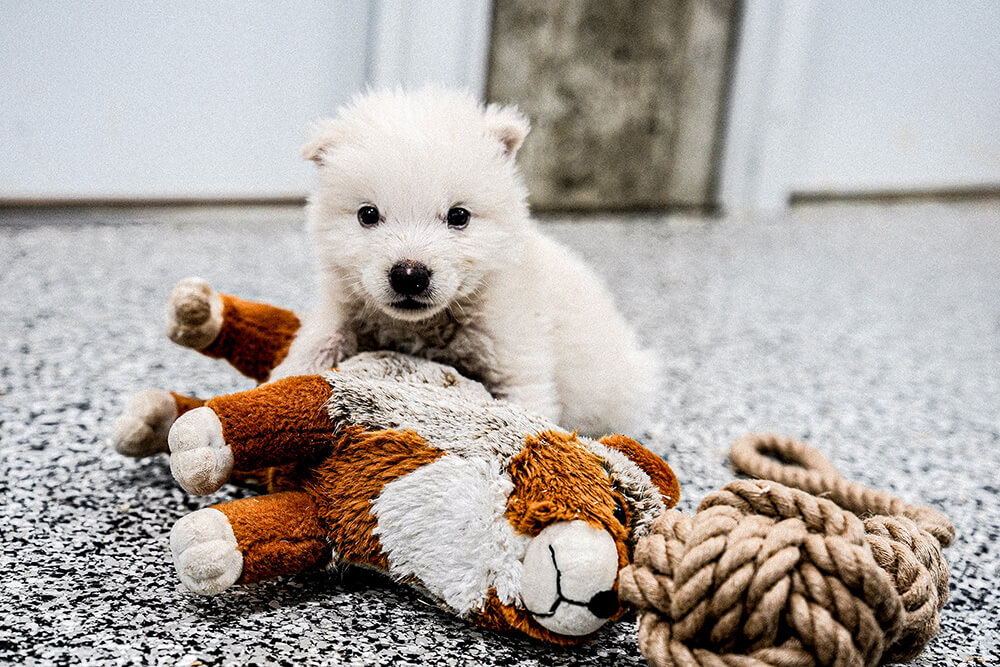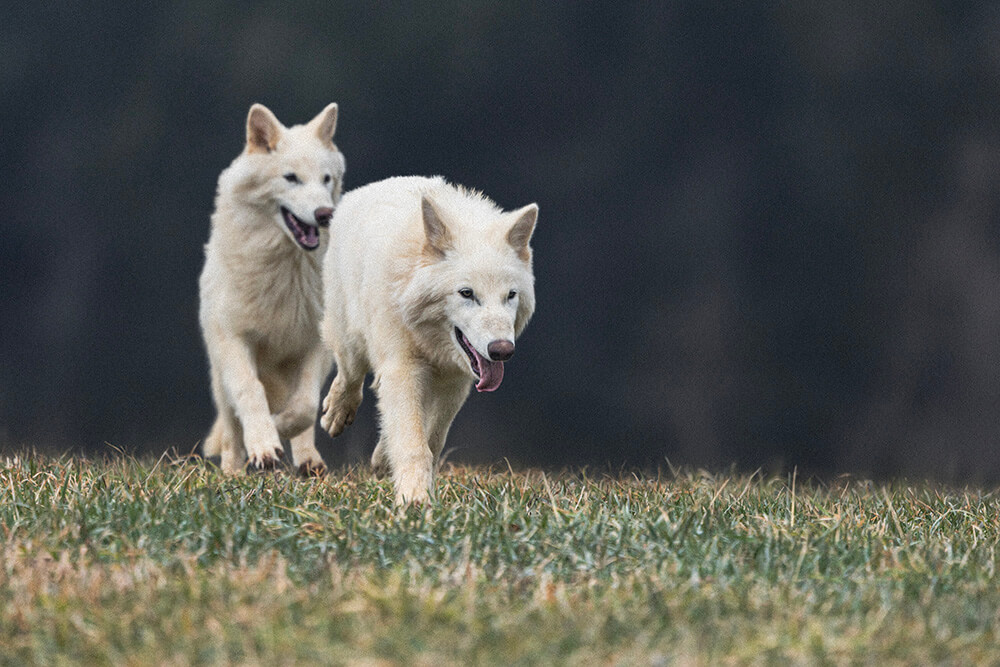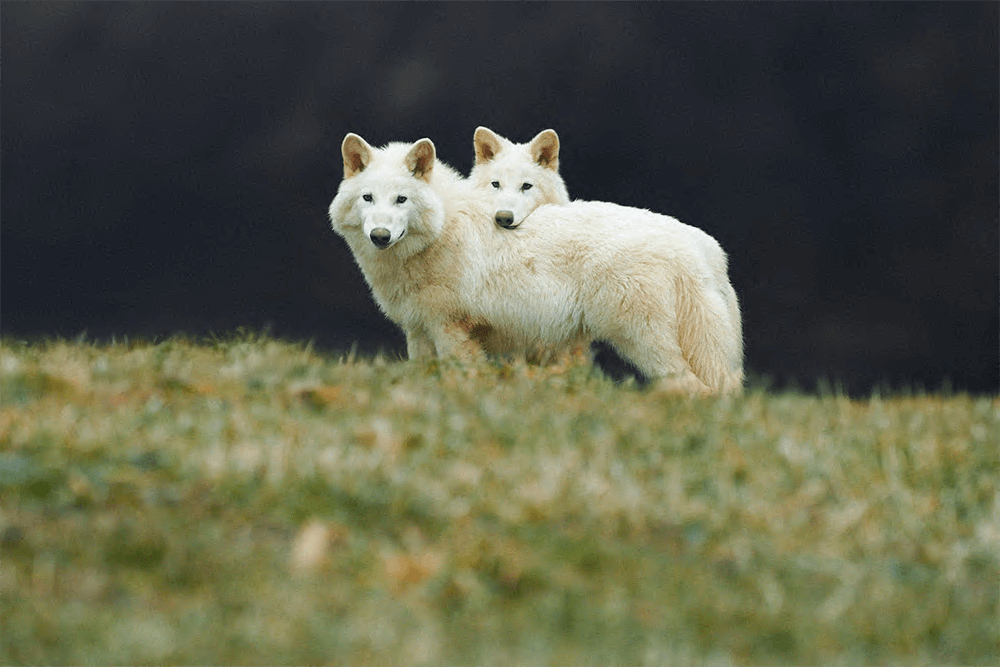Wolves Reborn: UWG Biology Professor Weighs in on Science, Ethics Behind Resurrecting a Prehistoric Predator Share this page
Dire wolves are no longer just legends of the North. Once feared across the frozen landscapes of the Ice Age – and immortalized in fantasy on “Game of Thrones” – dire wolves have stepped out of extinction and into reality. Through the power of genomic science, researchers at Colossal Biosciences have engineered the first living dire wolf cubs in over 10,000 years.

At the University of West Georgia, where Wolves have long symbolized bravery, pride and resilience, biology professor Dr. Frank Fontanella spoke with UWG News to offer insight into how fact is beginning to mirror fiction – and what this milestone means for conservation, genetics and our understanding of species revival.
What is a dire wolf, really?
Fontanella explained that dires were a distinct evolutionary group and likely driven to extinction by prey loss and climate change. As their numbers fell, genetic drift – when certain genes become more or less common in a small population – and inbreeding became bigger threats.
“Both reduce genetic diversity, weakening the population’s ability to adapt to environmental changes,” he explained. “This can lead to a genetic vortex – a downward spiral to extinction.”
Dires evolved in North America, while gray wolves and dogs came from Eurasia. DNA analysis shows they last shared a common ancestor around six million years ago, placing them on separate evolutionary branches within the canid family.
“Although they look similar, these physical traits are actually the result of convergent evolution – a process where unrelated species independently develop similar adaptations because they occupy comparable ecological roles,” Fontanella continued. “Both evolved features suited to being large predators, not because they are closely related but because they faced similar environmental challenges and selective pressures.”
The science behind de-extinction
Colossal Biosciences revived dires using DNA from ancient fossils, identifying 20 key genetic differences from gray wolves. Instead of inserting DNA, they used gene editing to express dire traits – larger bodies, wider heads and pale coats – in pups Romulus, Remus and Khaleesi.
Therefore, Fontanella said, the new pups are synthetic hybrids, an entirely new creation that doesn’t have a direct historical or evolutionary counterpart.
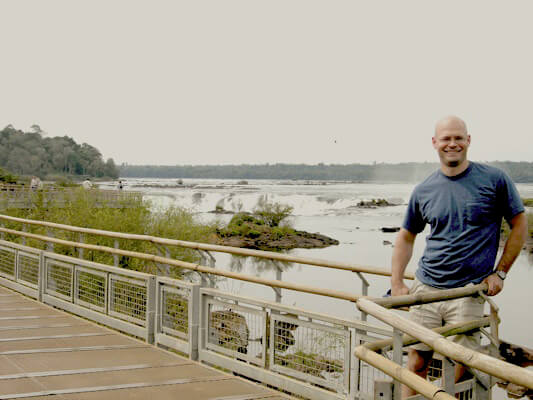
“If the goal is to bring back a single individual, this would necessitate a complete and accurate genomic reconstruction using ancient DNA,” he clarified. “If the objective is to re-establish a self-sustaining population, additional complexities arise. One guiding principle in conservation genetics suggests a minimum of 50 unrelated individuals are needed to prevent short-term inbreeding depression, and 500 are required to maintain long-term evolutionary potential. Crucially, it must reflect true genetic diversity.”
Ethics and implications
This scientific endeavor raises questions about the ethics and consequences of genetic engineering and attempts to bring back extinct species. Colossal’s wishlist includes the dodo and woolly mammoth – they already have woolly mice.
If dires returned, they’d need a habitat that no longer exists, which raises ethical concerns, Fontanella said. Surviving today would require adapting to modern ecosystems – vastly different in climate and community structure from their original era – and creating a stable, genetically diverse population.
“This research holds significant potential for positive impact, particularly if applied to species whose extinction has been driven by modern human activities, including habitat destruction, climate change, overhunting and other forms of exploitation,” Fontanella said. “Targeting such species for genetic rescue aligns with principles of ecological restoration and conservation genetics. Extinction is a fundamental component of natural evolutionary processes, contributing to the dynamic turnover of biodiversity. Resurrecting species that have become extinct through natural causes may offer limited ecological benefits and could divert resources from conserving endangered species.”
What’s next?
The dire wolf achievements point to a favorable future in regard to conservation and genetic science. These methodological advancements provide a potential framework for mitigating human-induced extinction rates.
“By overcoming key challenges in genome editing and ancient DNA integration, these approaches may offer valuable strategies for enhancing genetic diversity in threatened or declining populations,” Fontanella elaborated. “Such innovations could play a critical role in future conservations efforts by enabling the restoration of lost adaptive traits and improving population resilience.”
And while Fontanella may not be directly involved with the new pups, the research influences how he teaches his students today by underscoring the increasing importance of integrating synthetic biology, conservation genomics and bioethics into their education.
“This work exemplifies how interdisciplinary approaches are vital to transforming our understanding of evolutionary processes and species restoration,” he concluded. “Incorporating these topics into our curricula can better prepare students to critically evaluate emerging biotechnologies, understand complex genomic data and consider the ecological and ethical implications of species revival, fostering a more comprehensive and future-oriented education.”

